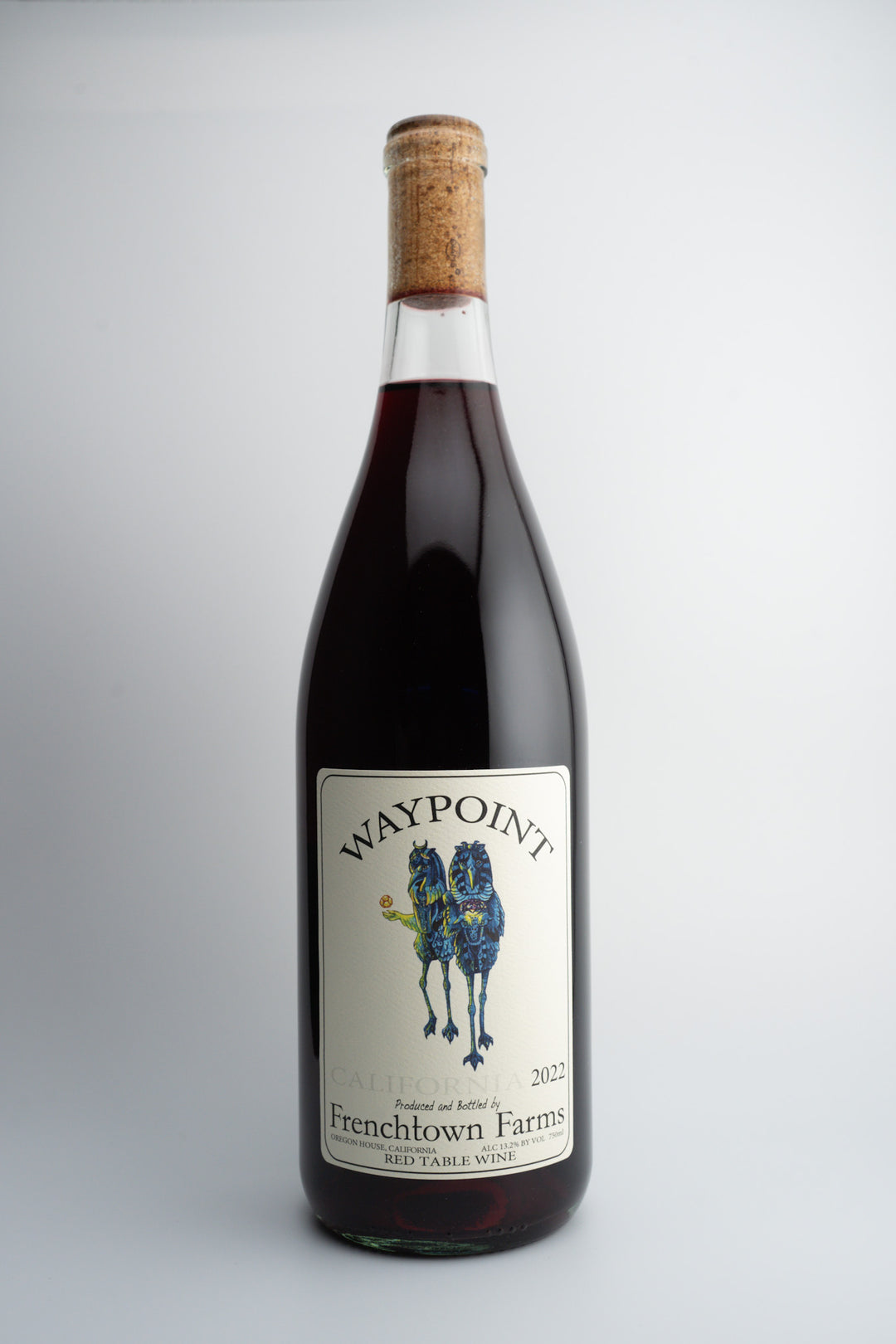Uncorking the Basics: A Beginner's Guide to Wine Fundamentals
**Grape Varieties: The Building Blocks of Wine**
At the heart of every wine lies the humble grape. While there are thousands of grape varieties cultivated worldwide, a handful have risen to prominence, forming the cornerstone of many of the world's most celebrated wines. Let's explore four of the most widely recognized grape varieties:
1. **Chardonnay**: This versatile white grape is renowned for its ability to produce wines with a wide range of styles, from crisp and unoaked to rich and buttery. Chardonnay is known for its flavors of citrus, apple, pear, and tropical fruits, often accompanied by notes of vanilla and oak when aged in barrels.
2. **Cabernet Sauvignon**: King of the red grapes, Cabernet Sauvignon is prized for its full-bodied structure, firm tannins, and flavors of black currant, cedar, and sometimes bell pepper. These robust wines are often age-worthy and pair beautifully with hearty dishes like grilled meats and rich sauces.
3. **Merlot**: With its plush texture and approachable tannins, Merlot is a crowd-pleasing red grape variety. It typically exhibits flavors of ripe plum, blackberry, and mocha, making it a versatile companion to a variety of cuisines.
4. **Pinot Noir**: Renowned for its delicate and nuanced character, Pinot Noir is a beloved red grape that produces wines with bright red fruit flavors, such as cherry and raspberry, along with earthy notes of mushroom and forest floor. Its lighter body and lower tannin levels make it a popular choice for those seeking a more delicate red wine experience.
**The Winemaking Process: From Grape to Glass**
Transforming humble grapes into the complex and captivating elixir we know as wine is a meticulous process that combines art, science, and tradition. While each winemaker may employ unique techniques, the fundamental steps remain largely the same:
1. **Harvesting**: The journey begins with the careful handpicking or mechanical harvesting of ripe grape clusters from the vineyards.
2. **Crushing and Destemming**: The grapes are then crushed, separating the juice from the skins, stems, and seeds.
3. **Fermentation**: This crucial step converts the natural sugars in the grape juice into alcohol through the action of yeast.
4. **Aging**: After fermentation, the wine may undergo aging in oak barrels or stainless steel tanks, allowing it to develop complex flavors and aromas.
5. **Fining and Filtering**: Clarifying agents may be added to remove any remaining particulates, ensuring a clear and polished final product.
6. **Bottling**: Finally, the wine is carefully bottled, corked, and labeled, ready to be enjoyed by wine enthusiasts around the world.
**Wine Terminology: A Language of Its Own**
As you embark on your wine journey, you'll encounter a unique lexicon that describes the various components and characteristics of wine. Understanding these terms will enable you to articulate your experiences more precisely and communicate effectively with fellow oenophiles. Here are a few essential terms to familiarize yourself with:
- **Tannin**: These naturally occurring compounds found in grape skins, seeds, and stems contribute to a wine's structure and mouthfeel, often described as a drying or astringent sensation.
- **Acidity**: Responsible for the crisp, refreshing quality of wines, acidity plays a vital role in balancing flavors and enhancing longevity.
- **Body**: This term refers to the weight and viscosity of a wine, ranging from light-bodied to full-bodied.
- **Finish**: The lingering flavors and sensations that remain in your mouth after swallowing a sip of wine.
**Decoding Wine Labels**
As you peruse the aisles of your local wine shop or scan the wine list at a restaurant, the information on the label can provide invaluable insights into the contents of the bottle. Here's a quick guide to deciphering the key elements:
- **Producer**: The winery or brand responsible for crafting the wine.
- **Region**: The geographic area where the grapes were grown, often indicative of the wine's style and character.
- **Vintage**: The year in which the grapes were harvested, an important factor in determining a wine's age and potential for aging.
- **Grape Varieties**: The specific grape(s) used to make the wine, which heavily influence its flavor profile.
**Serving and Storing Wine: Unlocking Its True Potential**
Proper service and storage techniques can elevate your wine experience and ensure that each bottle reaches its full potential. Here are a few tips to keep in mind:
- **Temperature**: Serving wine at the appropriate temperature is crucial for revealing its full range of aromas and flavors. As a general rule, whites should be chilled, and reds should be served slightly cooler than room temperature.
- **Glassware**: The shape and size of your wine glass can significantly impact the way aromas are concentrated and delivered to your nose, enhancing your overall tasting experience.
- **Storage**: Wines should be stored in a cool, dark place with consistent temperatures and humidity levels to prevent premature aging or spoilage.
By mastering these fundamental concepts, you've taken the first step toward becoming a true wine enthusiast. In the weeks to come, we'll continue to build upon this foundation, exploring more grape varieties, diving into the world's most renowned wine regions, and refining our tasting skills.
Stay tuned for next week's lesson, where we'll embark on a flavorful journey through the diverse grape varieties that shape the wines we love. Cheers to your wine education!


















